Introduction to Plywood
In the field of decoration, plywood is a very common base material, which is made by gluing and pressing together three or more layers of 1mm thick veneers or thin boards. Depending on different usage requirements, the thickness of multi-layer boards can be made from 3 to 25mm.
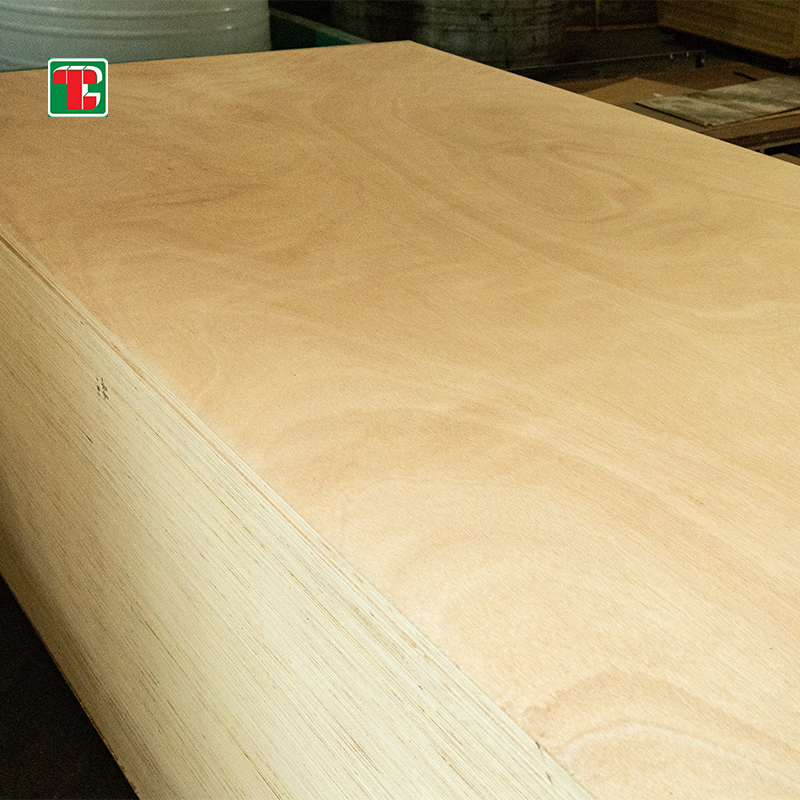
Nowadays, when designers refer to flame retardant plywood without special explanations, they are usually talking about "flame retardant plywood". This is made by adding flame retardants during the production of multi-layer boards, thus achieving a B1 flame retardant fire protection level, which can be considered an upgraded version of ordinary plywood. Naturally, the price will be higher than other ordinary multi-layer boards.
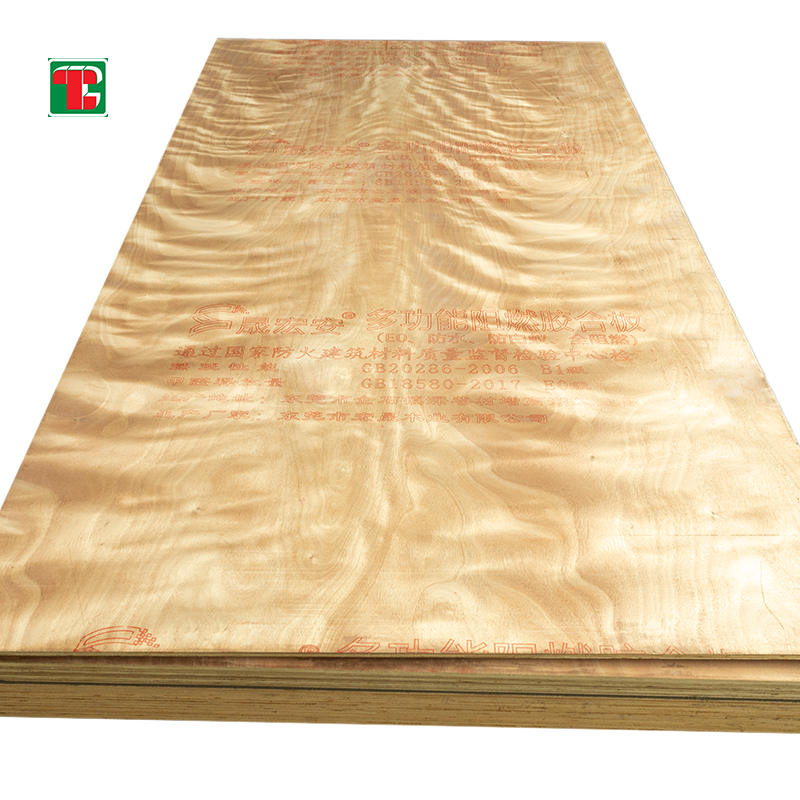
In the decoration industry, due to ergonomics and building restrictions, almost all decorative panels (including surface panels and base panels) are commonly used in the specification of 1220*2440; of course, to meet different project needs, surface panels can be customized up to a maximum length of 3600mm, so the specifications of multi-layer boards also conform to the above specifications, and its thicknesses are mostly 3, 5, 9, 12, 15, 18mm, etc. Of course, we can provide other different sizes and support customized services.Multi-layer boards are usually made with an odd number of veneers, in order to improve the anisotropy of natural wood as much as possible, making the characteristics of the plywood uniform and stable. Therefore, during production, the thickness of the veneers, tree species, moisture content, wood grain direction, and production methods should all be the same. Therefore, an odd number of layers can balance various internal stresses.
Types of Panels
Plywood is the most widely used base panel, which is due to its different selection types according to different indoor environments, just like gypsum board, there are fire-resistant and moisture-resistant types; in general, plywood is mainly divided into the following four categories:
1.Class I of plywood - It is weather-resistant and boil-proof plywood, with the advantages of durability, high-temperature resistance, and can be steam treated.
2. Class II plywood - It is water-resistant plywood, which can be immersed in cold water and briefly soaked in hot water.
3.Class III plywood - It is moisture-resistant plywood, which can be briefly soaked in cold water and is suitable for indoor use at normal temperature. It is used for furniture and general building purposes.
4.Class IV plywood - It is non-moisture-resistant plywood, used in normal indoor conditions, mainly for base and general purposes. Plywood materials include poplar, birch, elm, poplar, etc.
Different indoor spaces should choose different multi-layer boards. For example: fixed furniture should choose plywood with moisture resistance, ceiling should use fire-resistant plywood, bathroom should use moisture-resistant plywood, and cloakroom should use ordinary plywood, etc.
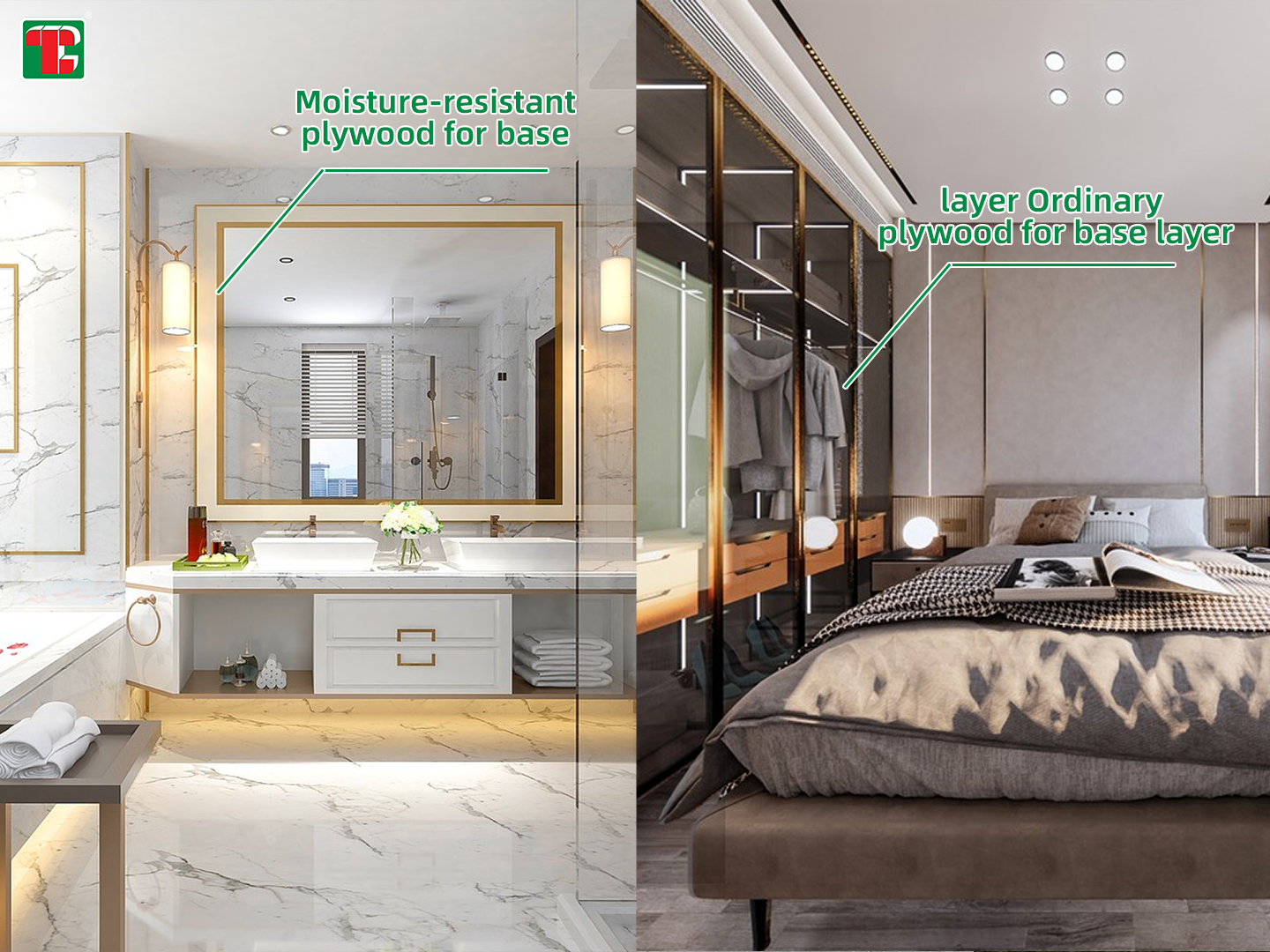
Performance Features
The biggest advantage of multi-layer board is that it has high strength, good bending resistance, strong nail-holding ability, strong structural stability, and moderate price.
The disadvantage is that its stability will be worse after getting wet, and the board is prone to deformation when it is too thin; you can understand that the plywood has good elasticity and toughness, so for decorative base such as wrapping cylinders and making curved surfaces, 3-5mm multi-layer board is needed, which is a feature that other boards do not have.
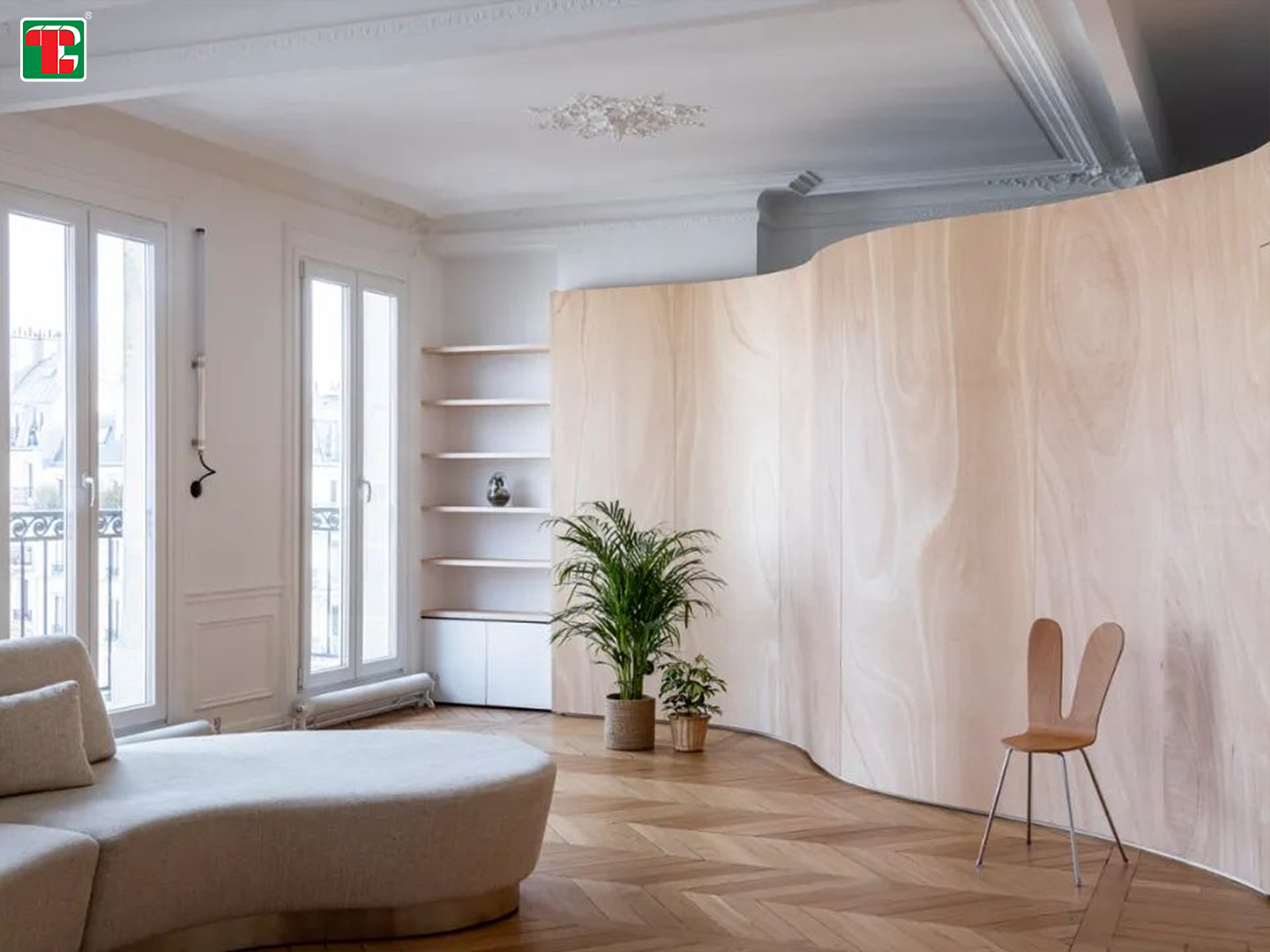
How to Use Multi-layer Boards
Different thicknesses of multi-layer boards play different functional roles in the decoration process. Let's take the most common 3, 5, 9, 12, 15, 18mm multi-layer boards as examples to see how you should use them in different occasions.
3mm Plywood
In indoor decoration, it is usually used as a base board for curved surface modeling with large radii that requires base treatment. Such as: wrapping cylinders, making ceiling side boards, etc.
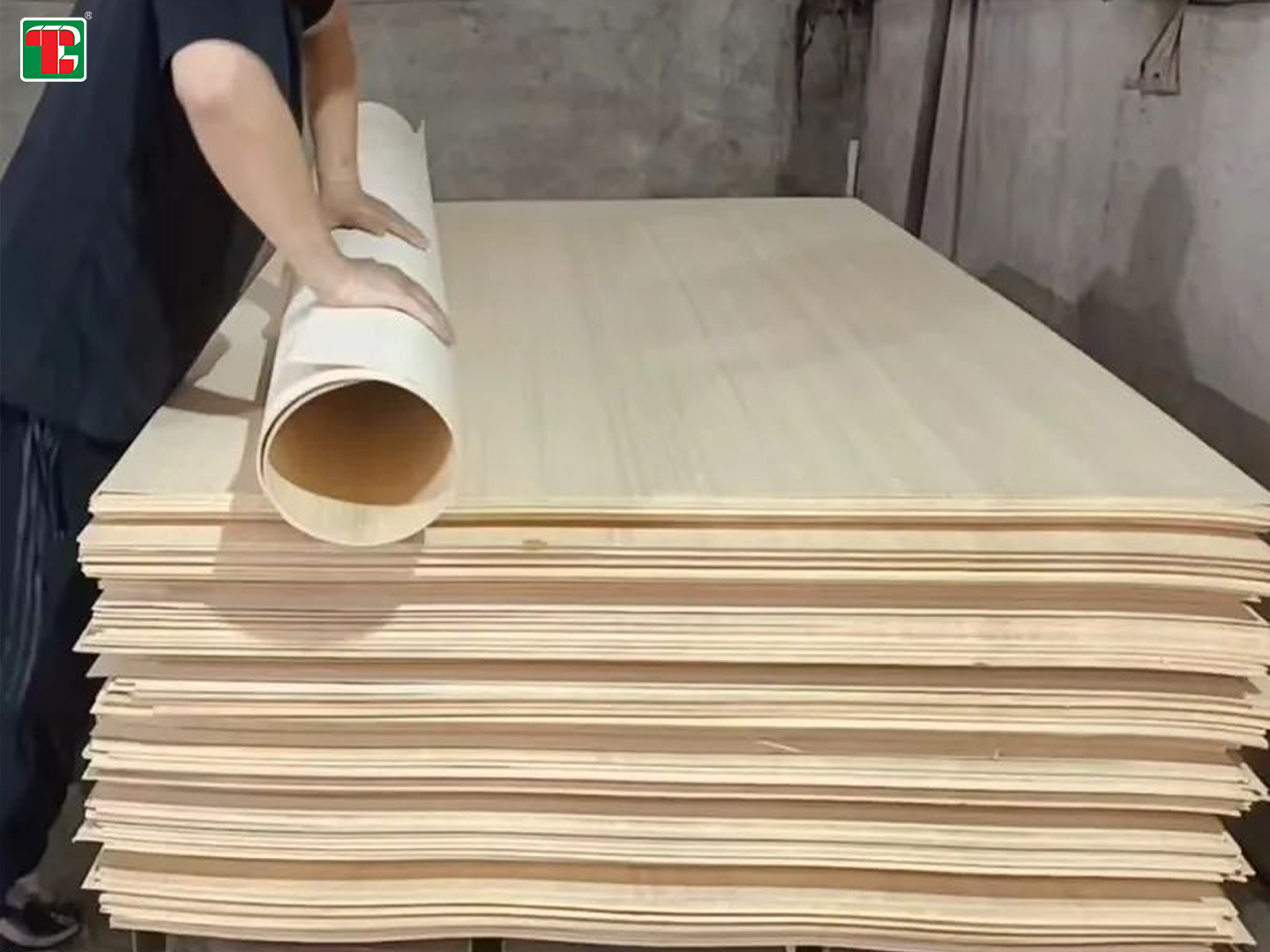
9-18mm Plywood
9-18mm plywood is the most widely used thickness of multi-layer board in interior design, and is widely used in indoor furniture making, fixed furniture making, and the base construction of the floor, walls, and ceiling. Especially in the southern region of China, almost every decoration will use these specifications of boards as the base.
(1) For ordinary flat ceiling base (such as, when making a base board for ceiling wood decoration), it is recommended to use 9mm and 12mm, because the board for the ceiling should not be too thick, in case it is too heavy and falls down, the same goes for the selection of ceiling gypsum board;
(2) But if the surface material requires strength for the ceiling base, you can consider using 15mm or even 18mm board thickness, such as in the curtain area, the side board of the stepped ceiling;
(3) When used on the wall, it should be based on the size of the surface modeling area and its requirements for the strength of the base; For example, if you are making wood decoration on a 10-meter long, 3-meter high wall, you can use a 9mm multi-layer board as the base, or even a 5mm board can be used. If you are making wood decoration on a 10-meter long, 8-meter high place, then, to be on the safe side, the base thickness needs to be 12-15mm.;
(4) If the multi-layer board is used for floor base (such as: making a base for wooden floors, platform base, etc.), at least a 15mm board should be used to ensure the strength when stepping on the ground.
Post time: May-29-2024







